Jimins Eyeshadow Game Tho. 💅
Jimins eyeshadow game tho. 💅


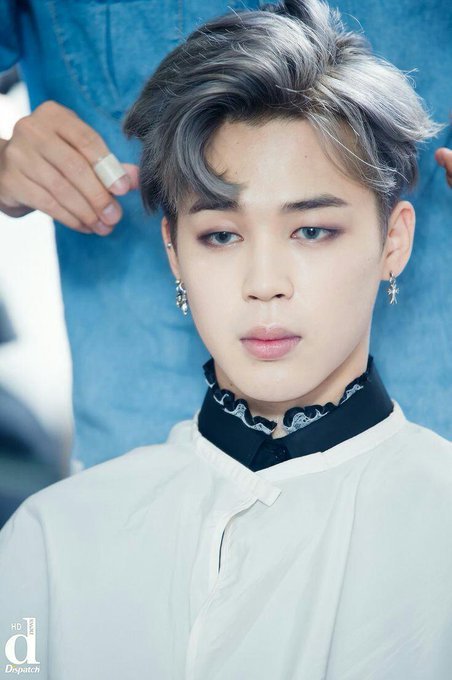












More Posts from Risingstarling and Others
How to Write Successful Dialogue
@albino-troll-ninja asked:
Got any feedback/advice/links for someone who wants to make lengthy, relatively action-less dialogues between characters more than just “‘Loren ipsum,’ he said.” “'Ipsum lorem’, she replied.” for forty paragraphs?
No problem! I love dialogue, so I’m happy to be of assistance in this department.
Here are my personal rules of thumb:
1. Allow the dialogue to show the character’s personality.
If you really think about your conversations, it can be telling exactly how much of someone’s personality can shine through when they speak.
Allow your character’s persona, values, and disposition to spill over when they speak, and it will make for a significantly more interesting read for you and your reader.
For example: let’s take a look at a mundane exchange, and see how it can be spruced up by injecting it with a good dose of personality.
Exhibit A)
“How was your day, by the way?” asked Oscar, pouring himself a drink.
“Not too bad,” replied Byron. “Cloudy, but warm. Not too many people.”
“That’s nice.”
Exhibit B)
“How was your day, by the way?” asked Oscar, pouring himself a drink.
“Ugh. Not too bad,” groaned Byron, draping himself on the couch. “Warm, but dreary. Gray clouds as far as the eye could see. Not anyone worth mentioning out this time of year.” A pause. “Well, except me, of course.”
“Hmmph,” said Oscar, glancing over his shoulder. “If it were me, I wouldn’t want it any other way.”
Isn’t that better? Already, the audience will feel as though they’ve gotten to know these characters.
This works for longer dialogue, too: allow the character’s personal beliefs, life philosophy, and generally disposition to dictate how they talk, and your readers will thank you.
Of course, this example is also good for giving the reader a general sense of what the characters’ relationship is like. Which brings me to my next point:
2. Allow the dialogue to show the character’s relationship.
Everyone is a slightly different person depending on who they’re around. Dynamic is an important thing to master, and when you nail it between two characters, sparks can fly.
Work out which character assumes more of the Straight Man role, and which is quicker to go for lowbrow humor. Think of who’s the more analytical of the two and who’s the more impulse driven. Who would be the “bad cop” if the situation called for it.
Then, allow for this to show in your dialogue, and it will immediately become infinitely more entertaining.
Example:
“Alright,” said Fogg, examining the map before him. “Thus far, we’ve worked out how we’re going to get in through the ventilation system, and meet up in the office above the volt. Then, we’re cleared to start drilling.”
Passepartout grinned. “That’s what she said.”
“Oh, for the love of God – REALLY, Jean. Really!? We are PLANNING a goddamn bank robbery!”
Some more questions about dynamic to ask yourself before writing dialogue:
Who is more likely to talk and who is more likely to listen?
Who would talk with their mouth full of food and who would politely wait to swallow?
Is their relationship fraternal/sororal? If so, who would be the “little sibling?”
Is one of them a bit of a mother/father figure to the other?
Who more frequently gets irritated with who?
Who has the more understated sense of humor? Who’s a bit more juvenile?
Who’s better educated? Does it show when they speak?
Who’s a bit more pretentious/full of themselves?
Who interrupts more?
Who swears more?
This can also be a valuable tool to cluing your reader in on who the characters are as people:
3. Think about what this dialogue can tell the reader.
It’s better to fill the reader in more gradually than to waist your valuable first chapter on needless exposition, and dialogue is a great way to do it.
Think about what your characters are saying, and think about ways in which you can “sneak in” details about their past, their families, and where they came from into the discussion.
For example, you could say:
Tuckerfield was a happy-go-lucky Southern guy with domineering parents,
and bore everyone to death.
Or you could have him say:
“Sheesh. All this sneakin’ around in the woods late at night reminds me of being back in Kansas. Good times, man, good times.” There was a pause, before he added, “‘Course, it wasn’t nearly so fun when I came home late for curfew and had to sleep on the front step, but y’know. Life happens.”
Isn’t that much better than the omnipresent monotone?
Dialogue is also a great way to fill in potential plot holes early on, by having your characters talk them out and explain them.
Moreover, dialogue can also be used to foreshadow, offer relevant hints about the climax, or provide information necessary for the resolution.
So use it wisely!
4. Sprinkle in mini-actions throughout.
Even in actionless dialogue, no one actually does nothing. In my case, for example, I stim a lot. I play with my hair. I play with eating utensils. It’s probably very annoying for those around me, but you get the point.
Less fidget-y folks might not do this as much, but they rarely sit totally still during conversations, either. So occasionally add in these mini-actions, and it will make your characters feel a bit less like disembodied voices or floating heads.
For instance:
Jo leaned back in her chair rolling her stiff neck from sitting still for so long. “…So the way I see it,” she continued. “Even if Pheris Beuller’s Day Off didn’t take place in Cameron’s imagination, Pheris was clearly a sociopath whose behavior shouldn’t be glamorized.”
“Ha. As if.” Avery paused to sip her root beer. “Pheris,” she began, raising an index finger. “Was clearly emblematic of counterculturist movements such as the Beat Generation, and his disregard for the capitalistic dogmas imposed upon younger generations is something to be admired.”
“For Christ’s sake, will you two lighten up?” scoffed Leo, counting out bills for the pizza. “We were talking about which movie we wanted to watch tonight. Jesus.”
5. Remember how people actually speak.
In real life conversations, people don’t speak in paragraphs. Alright, some people might, and this can actually be interesting as the personality aspect of a certain type of character.
But generally speaking, people don’t speak in paragraphs, or as though they’re writing thought-out prose or letters.
In real conversations, people stutter. They laugh at their own jokes, repeat words or phrases, and lose their train of thought.
Naturally, you don’t have to illustrate in your writing exactly how chaotic and mundane human speech can be, as writing would be pretty boring in general if it was strictly limited to miming reality. But it’s good to keep in mind that your characters are talking, not writing in purple prose.
Exhibit A:
“When I was a young boy, my mother and I had a most tumultuous relationship,” said Marcus. “She saw me as a hallmark of her past failures, and took every opportunity to remind me as such.”
Exhibit B:
“My mom, when I was kid, we had what you’d call a sort of tumultuous relationship,” said Marcus. “Nothing I ever did was right for her. She, uh – I think she saw me as sort of a hallmark of her past failures. Took every opportunity to remind me of that.”
Which of these is more organic, more easy to visualize, and more telling of character? Unless the point of this dialogue is to illustrate that Marcus is a gentleman crook of some kind with pristine speaking mannerisms, I’m going to say the latter.
Best of luck, I hope this helps, and happy writing! <3
A Somewhat Useful Masterpost for Writers
Websites:
Write or Die is great if you want to give yourself a certain amount of time to write a set amount of words.
Tip of my Tongue for when you can’t remember the exact word
Character Traits Form
Online Thesaurus where you just type in a word and you get a cluster of different words
Characters
Top 10 Questions for Creating Believable Characters
How to Create a Fictional Character
Describing Clothing and Appearance
The Difference between Ethnicity and Nationality
Describing a Voice
Characters (part 2)
How to write Funeral Directors I’ve read quite a few fanfics where they just have funeral directors slapping clothes on a body and calling it a day. As a former funeral services major I can tell you that’s not the only thing they do.
How to write Drug Dealers
How to write Gamblers
Interview with a Hitman
Terms for royalty
Naming Characters
Behind the Name
Top Baby Names
Looking for a name that means a certain thing?
7 Rules of Picking Names
Most Common Surnames
Medical/Crime/Legal
Coma: Types, Causes, etc
Tips for writing blood loss
Gunshot Wound Care
Examples of Hospital Forms
Common Legal Questions
The Writer’s Forensics Blog
Brain Injury Legal Guide
Types of Surgical Operations
Types of Mental Health Problems
A Day in the Life of a Mental Hospital Patient
Global Black Market Information Because where else would you find out how much money it takes to get a 16 year old girl to kill someone in Mexico?
Crime Scene Science
Examining Mob Mentality
How Street Gangs Work
Other Helpful Stuff
Poisonous Herbs and Plants
The Psychology of Color
The Meaning behind Rose color
Compare Character Heights - I personally love this site so much.
Types of Swords
Color Symbolism
How a handgun works
Blueprints for Houses
The Six Types of Haunting Activities
The Difference Between lay and lie
10 Words You Need to Stop Misspelling
5 Easy Tips to Improve Your Writing
How to Write a Eulogy
Types of Crying
Career Masterpost
Avoiding LGBTQ Stereotypes
Tips for Writing Ghost Stories
A Spell to See Spirits
Make Graphics out of Quotes
Superstitions and More
The 12 Common Archetypes
Language of Flowers
Military Sign Language
A Visual Dictionary of Tops
Describing Tiaras
What author do you most write like? (I’ve gotten Stephenie Meyer)
12 Realistic Woman Body Shapes
Japanese honorifics
Articles
25 Steps To Edit the Unmerciful Suck out of Your Story
10 Rules for Writing First Drafts
10 Things Teenage Writers Should Know About Writing
Create a Plot Outline in 8 Easy Steps
Publishing Agencies to Stay Away From
5 Ways to Make Your Novel Helplessly Addictive
Read More
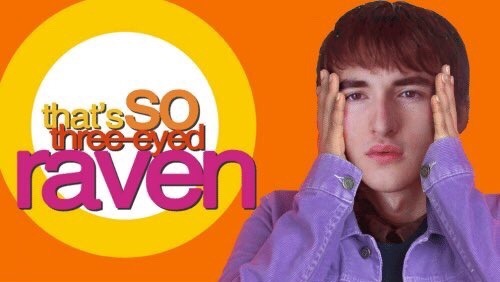
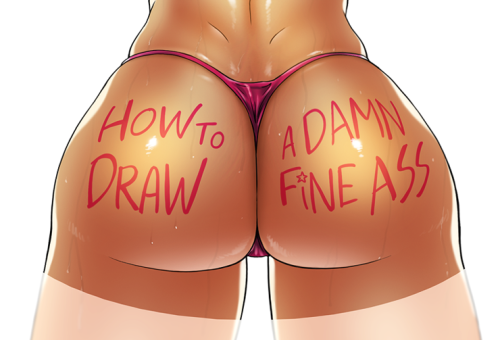

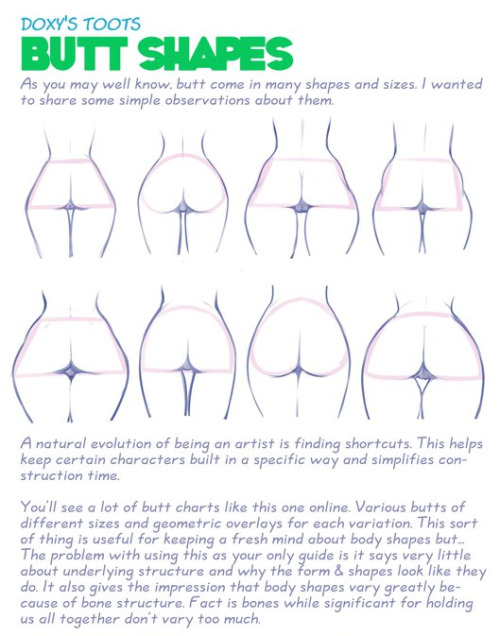

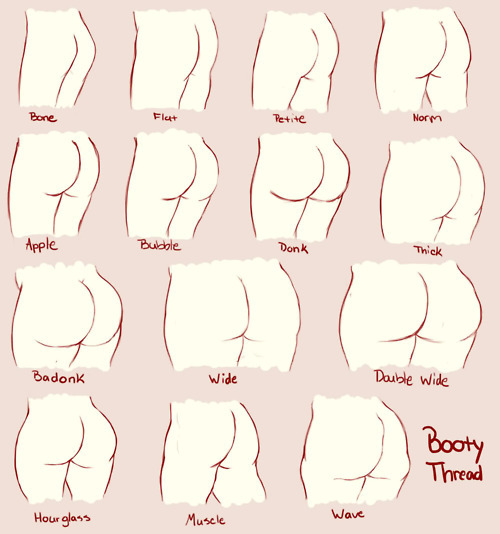


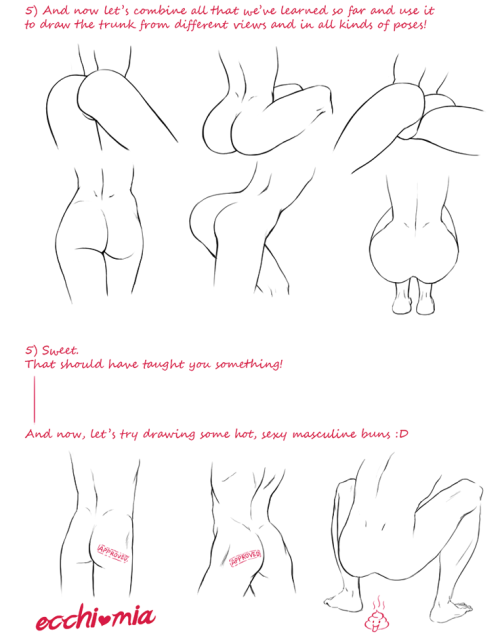
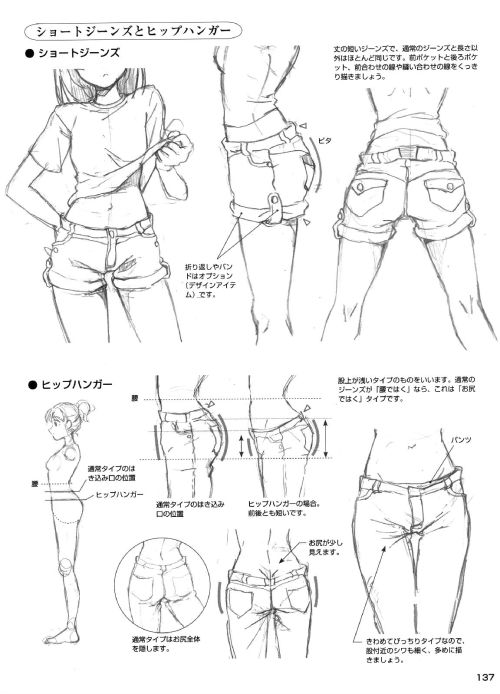
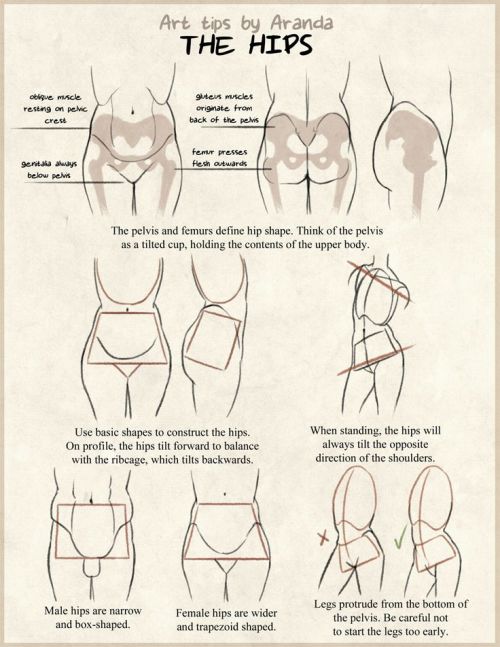
How to Draw a Damn Fine Ass Top Image, Row 5 & 6 Row 2: Drawing People by Barbara Bradley Row 3 Row 4 Row 5 Bottom Image
“Pick your battles. Pick… pick fewer battles than that. Put some back. That’s too many.”
— Tsuna at Hibari
![Christine Daae’s Costumes In Every Song [Requested By @hellyeahsmovies]](https://64.media.tumblr.com/e2a9f132e3a0a81dc629f27d61ce580c/tumblr_pd0x6e3qiV1u2g6jko5_250.gif)
![Christine Daae’s Costumes In Every Song [Requested By @hellyeahsmovies]](https://64.media.tumblr.com/19ddbeda904512c137c7a047261fca00/tumblr_pd0x6e3qiV1u2g6jko6_250.gif)
![Christine Daae’s Costumes In Every Song [Requested By @hellyeahsmovies]](https://64.media.tumblr.com/9eb76cff3c0b474ff51e965dbe31945c/tumblr_pd0x6e3qiV1u2g6jko3_250.gif)
![Christine Daae’s Costumes In Every Song [Requested By @hellyeahsmovies]](https://64.media.tumblr.com/39d3d0b4a9fa743e3e24e537ccf4f0b1/tumblr_pd0x6e3qiV1u2g6jko4_250.gif)
![Christine Daae’s Costumes In Every Song [Requested By @hellyeahsmovies]](https://64.media.tumblr.com/37b14a33194476369483d931292ddb89/tumblr_pd0x6e3qiV1u2g6jko1_250.gif)
![Christine Daae’s Costumes In Every Song [Requested By @hellyeahsmovies]](https://64.media.tumblr.com/d1317979c8abe71e95e723f177f04958/tumblr_pd0x6e3qiV1u2g6jko2_250.gif)
![Christine Daae’s Costumes In Every Song [Requested By @hellyeahsmovies]](https://64.media.tumblr.com/8864c04756b30be04a322bcaeed75f24/tumblr_pd0x6e3qiV1u2g6jko7_r1_250.gif)
![Christine Daae’s Costumes In Every Song [Requested By @hellyeahsmovies]](https://64.media.tumblr.com/f2d0116ca84970b95bc2af15ec4eb829/tumblr_pd0x6e3qiV1u2g6jko8_r1_250.gif)
![Christine Daae’s Costumes In Every Song [Requested By @hellyeahsmovies]](https://64.media.tumblr.com/1356965bad91869651e3d2ff519d32b1/tumblr_pd0x6e3qiV1u2g6jko9_r1_250.gif)
Christine Daae’s Costumes In Every Song [Requested by @hellyeahsmovies]
It's nice to know even the unbelievably attractive people have these moments

This made my day.

Know your bricks!
Hello! Would you mind doing an example of not using filter words in a first person point of view? While I know that you can just switch out the pronouns for I/me/my, I just want to see it in action and when you should (and shouldn't) use the filter words. Thank you!
Hi there! I would love to! I think I’ll start out with an example with filter words and then cut out the filter words to show you the difference.
For those of you who haven’t seen my post on Filter Words.
Now, for the example:
I felt a hand tap my shoulder as I realized I had made a huge mistake. I knew the consequences would be unsettling, but I had no other choice. I saw the light of my desk lamp bounce off of the officer’s badge before I had even turned around. It seemed like I always found my way into trouble.
It was the first thing off the top of my head, so it’s a bit rough sounding….
Now for without filter words (And a bit of revision):
A hand tapped my shoulder as it dawned on me: I had just made a huge mistake. The consequences would be unsettling if I didn’t get out of this mess, but I had no other choice. The light of my desk lamp bounced off of the officer’s badge. I always found my way into trouble.
By taking out filter words, you get right to the point.
I’d also like to add a few more notes that I didn’t have the chance to post previously.
Some Examples of Filtering:
I heard a noise in the hallway.
She felt embarrassed when she tripped.
I saw a light bouncing through the trees.
I tasted the sour tang of raspberries bursting on my tongue.
He smelled his teammate’s BO wafting through the locker room.
She remembered dancing at his wedding.
I think people should be kinder to one another.
How can you apply this?
Read your work to see how many of these filtering words you might be leaning on. Microsoft Word has a great Find and Highlight feature that I love to use when I’m editing. See how you can get rid of these filtering words and take your sentences to the next level by making stronger word choices. Take the above examples, and see how they can be reworked.
FILTERING EXAMPLE: I heard a noise in the hallway.
DESCRIBE THE SOUND: Heels tapped a staccato rhythm in the hallway.
FILTERING EXAMPLE: She felt embarrassed after she tripped.
DESCRIBE WHAT THE FEELING LOOKS LIKE: Her cheeks flushed and her shoulders hunched after she tripped.
FILTERING EXAMPLE: I saw a light bouncing through the trees.
DESCRIBE THE SIGHT: A light bounced through the trees.
FILTERING EXAMPLE: I tasted the sour tang of raspberries bursting on my tongue.
DESCRIBE THE TASTE: The sour tang of raspberries burst on my tongue.
FILTERING EXAMPLE: He smelled his teammate’s BO wafting through the locker room.
DESCRIBE THE SMELL: His teammate’s BO wafted through the locker room.
FILTERING EXAMPLE: She remembered dancing at his wedding.
DESCRIBE THE MEMORY: She had danced at his wedding.
FILTERING EXAMPLE: I think people should be kinder to one another.
DESCRIBE THE THOUGHT: People should be kinder to one another.
See what a difference it makes when you get rid of the filter? It’s simply not necessary to use them. By ditching them, you avoid “telling,” your voice is more active, and your pacing is helped along.
The above list is not comprehensive as there are many examples of filtering words. The idea is to be aware of the concept so that you can recognize instances of it happening in your work. Be aware of where you want to place the energy and power in your sentences. Let your observations flow through your characters with immediacy.
Ok, sorry for the lengthy answer, I know you just wanted an example…. sorry!
If you have any questions, feel free to ask at my ask box
Scene Transitions
An important part of structuring your story in any format is the transition between scenes. When not handled properly, time and/or location jumps in a narrative can become disorientating and confusing, making it harder for the audience to keep up with the action. There are three important things to focus on when transitioning between scenes: where the first scene ends, where the second scene begins, and how to connect the two.
It’s important that each scene have closure. When you leave a scene, you need to know that the goal of that scene was reached. If you leave the scene too early, before you receive that closure, your audience will be left hanging, feeling unsatisfied and off balance. You need to ‘cut away’ when the scene comes to its natural end, when everything is understood and the audience is ready to move onto the next idea. If you leave the scene too late, it drags your story, and makes it feel like the scene is longer than it is.
As with the end of a scene, the beginning of a new scene must feel natural. If you have to backtrack immediately after starting your scene in order to explain whats going on, then it means you’re not starting at the beginning of the scene. You can sometimes get away with doing this, if the reflection is placed naturally in the writing, but you shouldn’t try and push your luck. If all of your scenes start with an immediate backpedal to explain where everyone is, how they got there, and when it takes place, then you need to go back and fix some things.
Information about the change in time and location are important to include. If you didn’t, then it would be impossible for the audience to tell if, when or how these changes occurred. The most widely accepted way of transitioning between scenes is to detail the things done by the characters to go from scene A to scene B. They can do so by showing the transition between locations (“They walked the distance to the theatre, laughing the whole way”), points in time (“hours passed as she sat reading in her favorite chair”), or combinations of the two (“they drove for days, the grassy hillsides of home growing into a looming mountain range”). The information in the transition must do everything to set up the new scene that’s starting.
I am going to use a segment from “These Shallow Graves” by Jennifer Donnelly as an example of what not to do when transitioning between scenes. In chapter thirty-four, a scene is ending where the protagonist and her love interest meet secretly during a ball and make a plan for her to sneak out later that evening. The scene ends on an angsty moment as they both watch her almost arranged fiance dancing with the competitor for his affections. Chapter thirty-five immediately begins with the two of them having met up and halfway to their destination. It is then explained how the protagonist had left the party early, snuck out, and made it to the meeting point.
Feels kinda jenky huh? Here’s how we could smooth this out.
Their plan for meeting up that evening involves the protagonist telling her uncle (who an attendee) that she is feeling faint and using that as an excuse to leave the ball early. This would make more sense as a place to end the scene as it signals the beginning of the transition between locations. When she sneaks out the house is a good place to officially begin the next scene, as it signals another change in locations. Because the time spent at the protagonist’s home is not important to the overall story (her waiting for everyone to fall asleep) this could serve as the transition between the scene of the first and the scene of the second meetings. The cab ride from her house to the meeting place is also its own small transition, and is a good place to reflect on past information without interfering with anything else going on (such as dialogue and bonding between love interests).
Remember! All of the important things to keep in mind when writing scene transitions are: Know where to end a scene. Know where to begin a scene. Know how to connect the scenes.
-
 arline14ella liked this · 5 months ago
arline14ella liked this · 5 months ago -
 halalalalalablog liked this · 5 months ago
halalalalalablog liked this · 5 months ago -
 contentbubble liked this · 11 months ago
contentbubble liked this · 11 months ago -
 firezipper reblogged this · 1 year ago
firezipper reblogged this · 1 year ago -
 schoosbinolreaka liked this · 1 year ago
schoosbinolreaka liked this · 1 year ago -
 komrelentgebumf liked this · 1 year ago
komrelentgebumf liked this · 1 year ago -
 revival02 liked this · 1 year ago
revival02 liked this · 1 year ago -
 pilotzone reblogged this · 2 years ago
pilotzone reblogged this · 2 years ago -
 raitolux liked this · 2 years ago
raitolux liked this · 2 years ago -
 tor39-sex-62vech liked this · 2 years ago
tor39-sex-62vech liked this · 2 years ago -
 coraniette liked this · 3 years ago
coraniette liked this · 3 years ago -
 mikki-malu liked this · 3 years ago
mikki-malu liked this · 3 years ago -
 rose10sblog liked this · 3 years ago
rose10sblog liked this · 3 years ago -
 plantitadenamu7 liked this · 3 years ago
plantitadenamu7 liked this · 3 years ago
Right now this is just anything that comes to mind since I'm a complete noob at tumblr. I've been hearing about it for years but I never really felt like I had anything to say. Well all that has changed now and I figured I'd see what all the hype about tumlr is really about. Anyway don't take anything I say too seriously for now...I'll probably change it later when I become more comfortable with this website.
168 posts